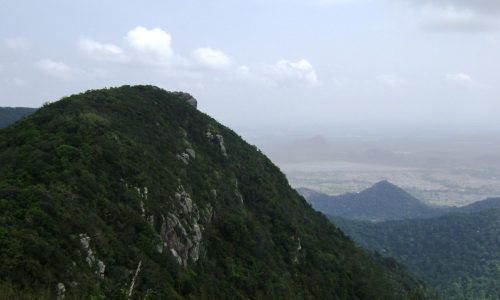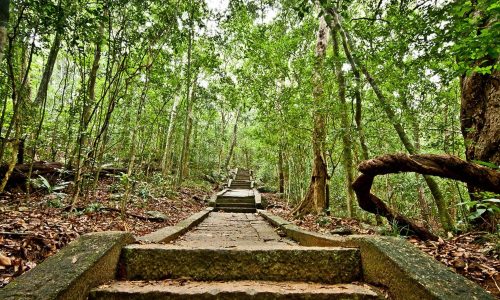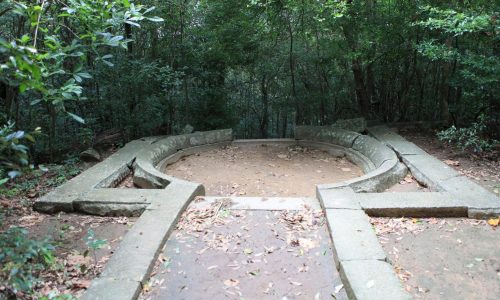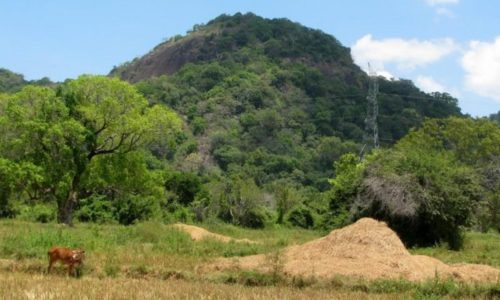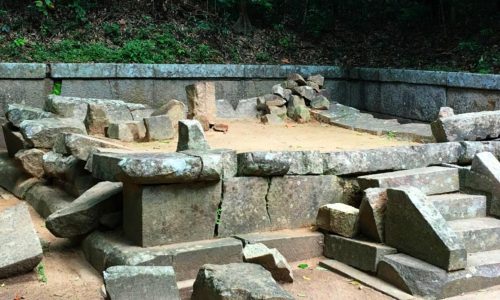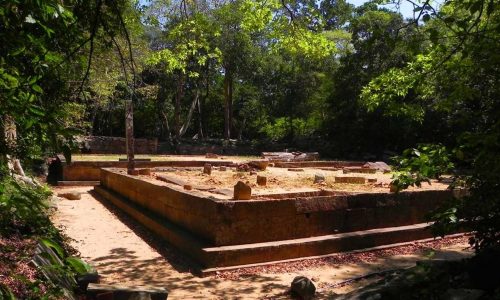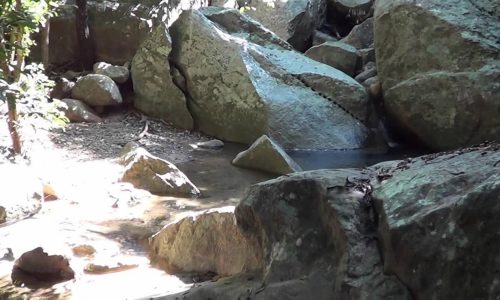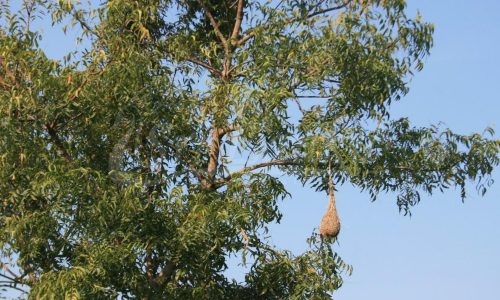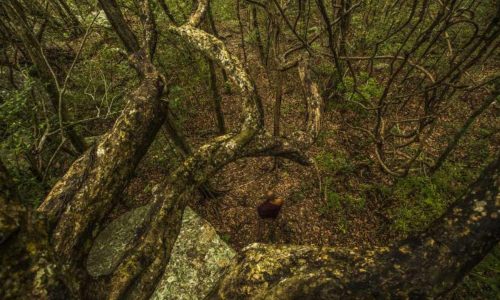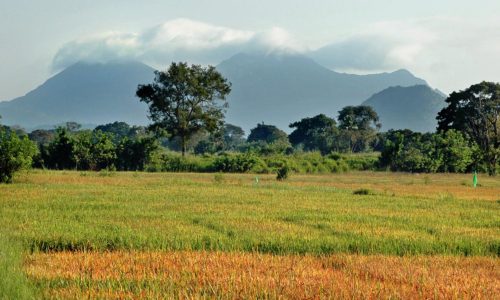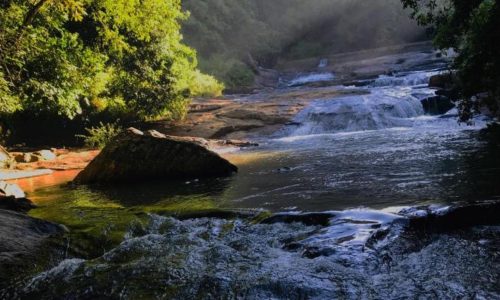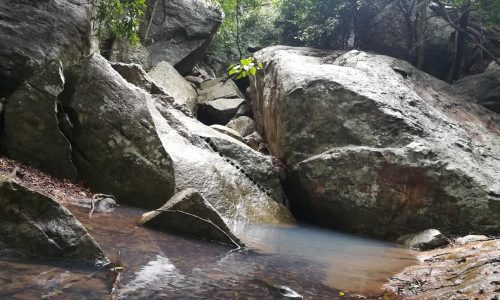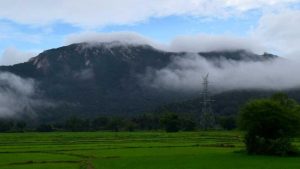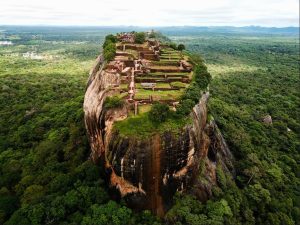In the north-central province of Sri Lanka, Ritigala Strict Nature Reserve is a protected area spanning over 7,200 hectares of land. The reserve is known for its unique flora and fauna, archaeological ruins, and breathtaking landscapes, making it one of the hidden gems of Sri Lanka’s biodiversity.
The Ritigala Reserve is home to over 300 species of plants, including rare orchids, ferns, and lichens. The reserve’s vegetation is predominantly dry evergreen forest, with some parts covered by savanna and scrubland.
The reserve is also home to various fauna, including 70 species of birds, 18 species of mammals, and 26 species of reptiles. Some notable species in the reserve include the Sri Lankan leopard, sloth bear, spotted deer, and purple-faced langur.
Apart from its biodiversity, the Ritigala Reserve is also renowned for its archaeological ruins that date back to the 1st century BCE. The ruins were believed to have been part of a Buddhist monastery, and the site has abandoned in the 10th century CE.
Some notable ruins in the reserve include the remains of a hospital, a shrine room, and a water reservoir. The ruins offer visitors a glimpse into the ancient history and culture of Sri Lanka, making it a popular destination for history buffs.
The Ritigala Reserve’s landscape is diverse and breathtaking, with its rolling hills, rock formations, and waterfalls. The reserve’s highest point is Ritigala Mountain, which stands at 766 meters.
The mountain offers visitors a stunning panoramic view of the surrounding landscape, including the Habarana and Anuradhapura regions. Visitors can also hike through the reserve’s lush forest and explore its hidden caves and streams.
Due to its unique biodiversity and archaeological significance, the Sri Lankan government declared Ritigala a Strict Nature Reserve in 1941. Now law protects the reserve, and the Sri Lankan Department of Wildlife Conservation is responsible for its management and conservation.
The Department of Wildlife Conservation has implemented several measures to protect the reserve’s flora and fauna, including limiting human activity within the reserve, controlling the spread of invasive species, and conducting regular monitoring and research.
Visitors can access Ritigala Reserve by road from Habarana or Anuradhapura, both located within a 2-hour drive from the reserve. The reserve is open to visitors from 7 am to 5 pm daily, and a permit is required to enter the reserve.
While visiting Ritigala Reserve, Visitors must adhere to the reserve’s rules and regulations, including not littering, not feeding or disturbing the wildlife, and staying on designated paths and trails.
Ritigala Strict Nature Reserve is a unique and valuable asset to Sri Lanka’s biodiversity and history. Its rich flora and fauna, archaeological ruins, and stunning landscapes make it a must-visit destination for anyone interested in nature and history. However, visitors must also respect the reserve’s protected status and help preserve it for future generations.

